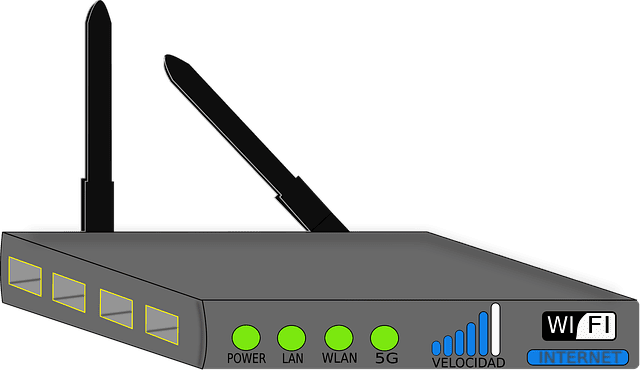ASUS Issues Critical Security Update for Router Vulnerability CVE-2024-3080 (CVSS 9.8)

ASUS has released an urgent firmware update to address a critical security vulnerability affecting seven of its router models. The flaw, tracked as CVE-2024-3080 with a CVSS v3.1 score of 9.8, allows unauthenticated remote attackers to gain control of the affected devices.

The CVE-2024-3080 vulnerability is an authentication bypass issue that enables remote attackers to log in to the affected routers without authentication. This flaw poses a significant risk, as it can lead to complete device takeover, allowing attackers to potentially intercept and manipulate network traffic, deploy malicious software, and further compromise connected devices.
The impacted router models are:
- ZenWiFi XT8 (Firmware version: 3.0.0.4.388_24609)
- ZenWiFi XT8 V2 (Firmware version: 3.0.0.4.388_24609)
- RT-AX88U (Firmware version: 3.0.0.4.388_24198)
- RT-AX58U (Firmware version: 3.0.0.4.388_23925)
- RT-AX57 (Firmware version: 3.0.0.4.386_52294)
- RT-AC86U (Firmware version: 3.0.0.4.386_51915)
- RT-AC68U (Firmware version: 3.0.0.4.386_51668)
In addition to CVE-2024-3080, the update also addresses CVE-2024-3079, a high-severity buffer overflow vulnerability (CVSS 7.2) that requires administrative access to exploit.
ASUS strongly advises all users of the affected models to update their router firmware immediately to mitigate these vulnerabilities. The latest firmware versions can be downloaded from the ASUS support page or the specific product pages on the ASUS website.
To further enhance security, users should implement the following measures:
- Update Firmware: Regularly check for and install the latest firmware updates available for your router model.
- Strong Passwords: Use unique, strong passwords for both your wireless network and router administration page. Passwords should be at least 10 characters long and include a mix of capital letters, numbers, and symbols.
- Disable Internet-Accessible Services: If you cannot update the firmware immediately, disable any services accessible from the internet, such as remote access from WAN, port forwarding, DDNS, VPN server, DMZ, and port triggering.
- Secure Configuration: Avoid using simple or consecutive number and letter sequences in your passwords. Ensure passwords are complex and not reused across different devices or services.





